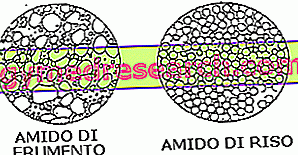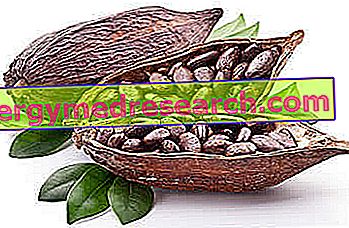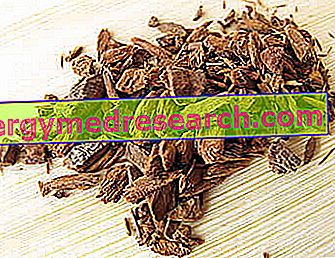AMID is an important product in the herbalist, but also dietary and cosmetic field, because it can give both derivatives, such as monosaccharides (glucose), disaccharides and oligosaccharides, but it can also be used directly for its homogeneous polysaccharide characteristics. Each starchy drug contains a different starch, not only from the microscopic point of view (with granules of different shapes, simple or compound), but also from the chemical-physical one (thanks to the different amylose / amylopectin ratio)
Category pharmacognosy
Often, alkaloid extraction is applied using a separating funnel. This type of extractive exploits the combination of two immiscible solvents, where the components of the drug from which we want to extract the active principle are distributed by chemical affinity (polarity and apolarity, lipophilicity and hydrophilicity)
Let us now consider a group of active principles always belonging to the category of compounds deriving from the acetate pathway. These are complex molecules, called SAPONINE , of a triterpene or steroidic nature. Saponins , or SAPONINE GLYCOSIDS , are characterized by an aglyconic structure of steroidic or triterpenic nature
The bitter taste determines in each of us a nervous reflex that stimulates salivary and gastric secretion, preparing the digestive system to receive food and digest it. This property belongs to every drug to bitters; also the gentian is part of this class, but the china appears to be the bitter drug par excellence
Aloe is present in many products for laxative use, but also in tonic and bitter preparations - aperitifs, because anthraquinones are extremely bitter substances. Aloe is also a source of a drug with carbohydrates / heteropolysaccharides, with a completely different type of use. Aloe, therefore, is a source that determines different types of drugs and their different types of use
Relationship between herbal / pharmaceutical / liqueur dosage: tabulated values based on drug quantity; a digestive herbal tea with a cinchona base must contain a certain amount of cinchona of a certain type, associated, for example, with a certain quantity of rhubarb, bitter orange, gentian and perhaps licorice to sweeten it. A
Cocoa: a plant classifiable as an alkaloid and / or oleaginous drug, because it produces both cocoa powder, rich in alkaloids and carbohydrates, and a triglycerine fraction known as cocoa butter. The Theobroma cacao plant belongs to the Sterculiacee family; is a small South American tree with berry fruit containing a number of seeds ranging from 40 to 80, depending on the variety
CHINA AS AN EXAMPLE OF DISTINCTION BETWEEN PHYTO-COMPLEX AND ACTIVE PRINCIPLE. Thanks to its anti-malarial activity, china is one of the most important drugs. It is derived from plants of the genus Cinchona sp. and the drug, represented by the bark, is of great interest from the liqueur and herbalist point of view
Rhubarb is an extremely interesting anthraquinone drug, as it has not only laxative - stimulant properties, but also aperitifs and digestives, always determined by the presence of anthraquinones. There are several species belonging to the genus Rheum, and are used for both laxative and stimulant and as an aperitif
The horse-chestnut, Aesculus hippocastanum , family Ippocasatanacee, is a tall ornamental tree, used to obtain a drug characterized by leaves, young branches, but above all seeds. Seeds known as "chestnuts matte", which contain glycides, lipid fraction, a mixture of saponins that is called escin, and coumarins (a category of molecules belonging to the biogenetic pathway of scichimic acid)
You Green tea Oolong tea Tender Theophylline Teina Theanine Tea: alkaloid drug containing caffeine. The plant, Camellia sinensis (family Theaceae) is cultivated in the herbaceous state, but in reality it can reach the size of a small tree; it is native to China, where it is still widely cultivated. There are different varieties of tea, based on the different ways of harvesting and processing; the drug is characterized by the leaves of the plant






